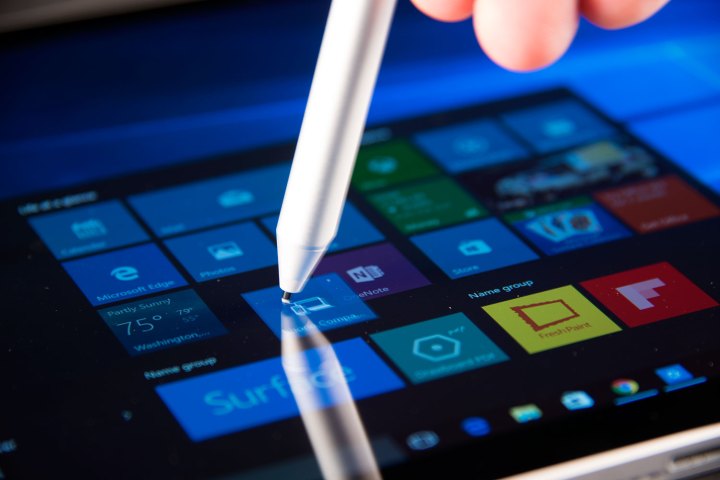
It looks like Microsoft will have you covered there soon, as well, Thurrot reports. Specifically, Microsoft is preparing a new way for users to preview early versions of apps like Alarms & Clock, Camera, and Photos. Brandon LeBlanc, who serves as a senior program manager for Microsoft’s Windows Insider Team, verified the upcoming change on Twitter:
This won't "radically change WIP as we know it". This is just us trying to make it easier for those who want to test app updates on both Insider builds or retail. More to come. https://t.co/f4gvixos6h
— Brandon LeBlanc (@brandonleblanc) February 11, 2018
Once the “Windows App Previews” program rolls out, a notification will pop up in each of the included apps that asks users to “Join the preview programme.” The text reads, “You’ll be one of the first to try out new features in the preview version of (app title) and your feedback will help shape the future of the app. Before you join, please review the preview programme details.” Check the box confirming that you’ve reviewed those details, and you’ll be able to join in.
Microsoft benefits from such a program by getting feedback from an even wider group of users. On Monday, February 12, Windows Insiders are the first to see new app features and to have the opportunity to provide feedback. Once the new program rolls out, the company could add millions of users as its beta testers. If users actively participate, then that could have a meaningful impact on Microsoft’s ability to squash bugs and continuously improve the apps.
This wouldn’t be the first time Microsoft has made its apps available for beta testing. You can sign up as a beta tester for a variety of Microsoft’s Android apps, including its Office 365 suite and Cortana. Microsoft also has its Office Insiders program that provides early access to the desktop productivity suite on both Windows and MacOS. Adding Windows 10 apps to the mix is just a natural progression.
There is no word yet on when the new program will roll out to all Windows users. If you’re looking forward to giving the program a shot, then keep your eyes open for the pop-up invitation. Just remember that beta testing comes with some inherent risks, such as data loss and instability both within the affected app and potentially system-wide. There are costs associated with living on the bleeding edge.
Editors' Recommendations
- Windows 11 might nag you about AI requirements soon
- 7 beloved Windows apps that Microsoft has killed over the years
- ‘Compact Mode’ can’t fix the Xbox app. Here’s what could
- Microsoft Copilot sounds great. Here’s why I definitely won’t use it
- The best Windows apps for 2023


